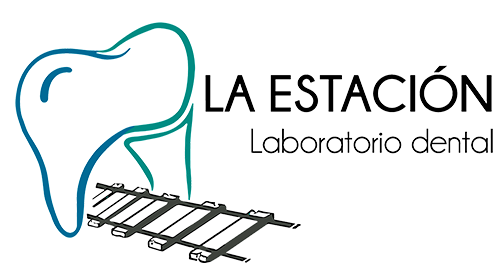Benefits of In-House milling in dental laboratories
In-house milling in dental laboratories is revolutionizing modern dentistry. By integrating CAD-CAM (Computer Aided Design and Manufacturing) technology directly into the laboratory, dental professionals can deliver high-quality prosthetics with greater efficiency and precision. In this article, we will explore the key benefits of in-house milling for dental laboratories and how this advanced technology can improve both the patient experience and laboratory operations.
Greater Precision and Quality
One of the main benefits of in-house milling is the improvement in the precision and quality of dental prostheses. CAD-CAM technology allows crowns, bridges and other dental devices to be designed and manufactured with millimeter accuracy. This results in prostheses that fit perfectly, reducing the need for additional adjustments and increasing patient satisfaction.
Reduction of Delivery Times
In-house milling eliminates the need to send dental impressions to outside laboratories, which can be a time-consuming and expensive process. By performing milling directly in the dental laboratory, production times are accelerated, allowing prostheses to be delivered in a much shorter period of time. This not only improves laboratory efficiency, but also offers patients a faster dental solution.
Cost Savings
Although the initial investment in CAD-CAM milling equipment can be significant, the long-term economic benefits are considerable. By internalizing the manufacturing process, dental laboratories can reduce costs associated with shipping and outsourcing. Additionally, the precision of in-house milling minimizes errors and the need for rework, which also contributes to substantial savings.
Flexibility in Materials
In-house milling allows dental laboratories to work with a wide variety of dental materials, such as zirconia, PMMA, lithium disilicate and more. This flexibility allows the prostheses to be customized according to the specific needs of each patient, guaranteeing optimal results in both functionality and aesthetics.
Improvement in Communication and Coordination
With in-house milling, communication between the dentist and dental technician becomes more direct and effective. Any adjustments or changes to the prosthesis design can be made quickly, improving coordination and reducing the margin of error. This close collaboration ensures that the final product meets the expectations of both the professional and the patient.
Continuous Innovation
The adoption of CAD-CAM technology and in-house milling positions dental laboratories at the forefront of innovation in dentistry. By staying up to date with the latest trends and technological advances, laboratories can offer more advanced and competitive solutions, attracting a greater number of clients and improving their reputation in the market.
Conclusion
In-house milling in dental laboratories represents a significant improvement in the precision, efficiency and quality of dental prostheses. With benefits ranging from reduced delivery times and costs, to flexibility in the use of materials and improved communication, this advanced technology is becoming an indispensable tool for modern dental laboratories. By investing in in-house milling, laboratories not only improve their operations, but also offer their patients a superior dental experience.

